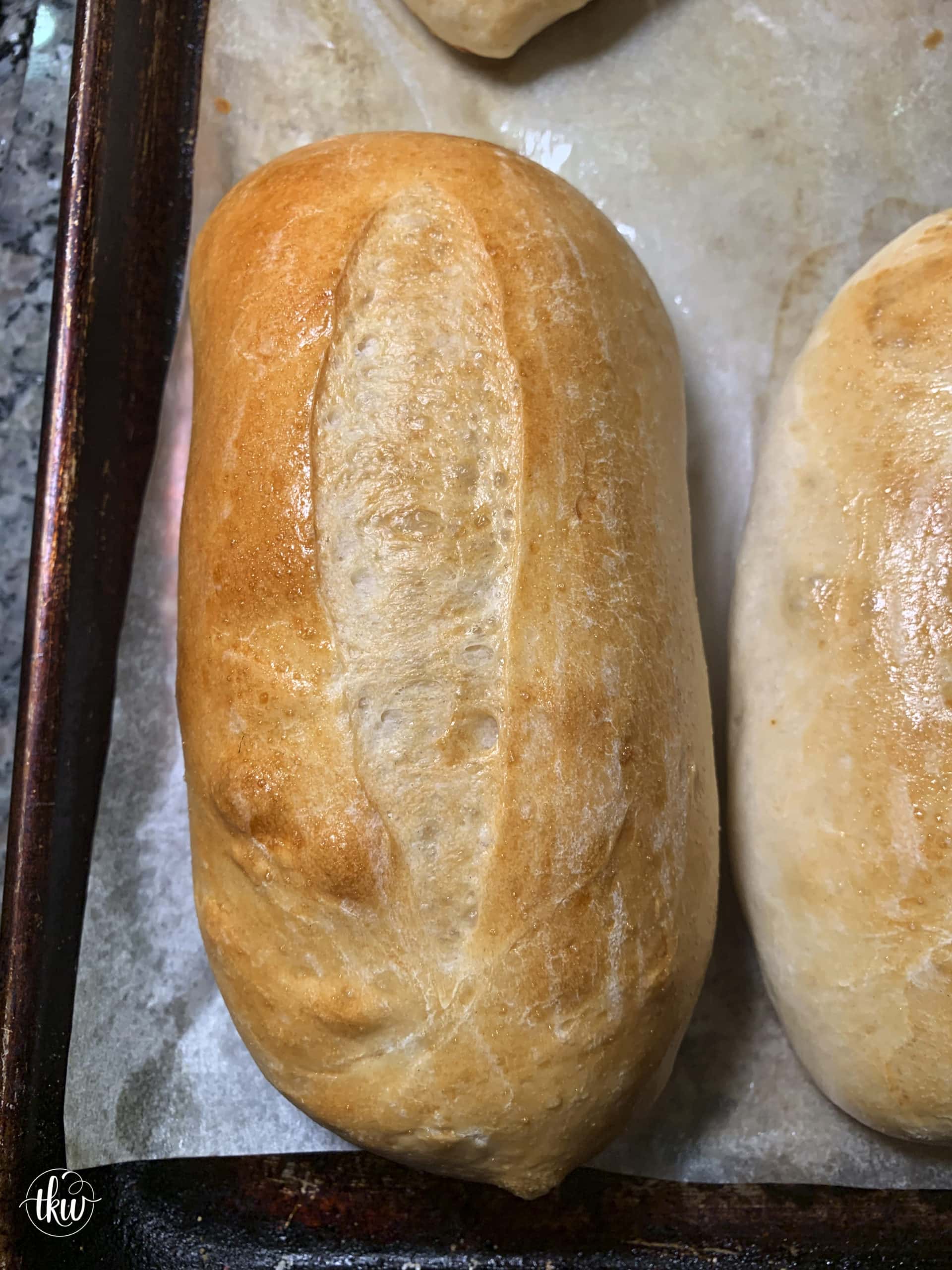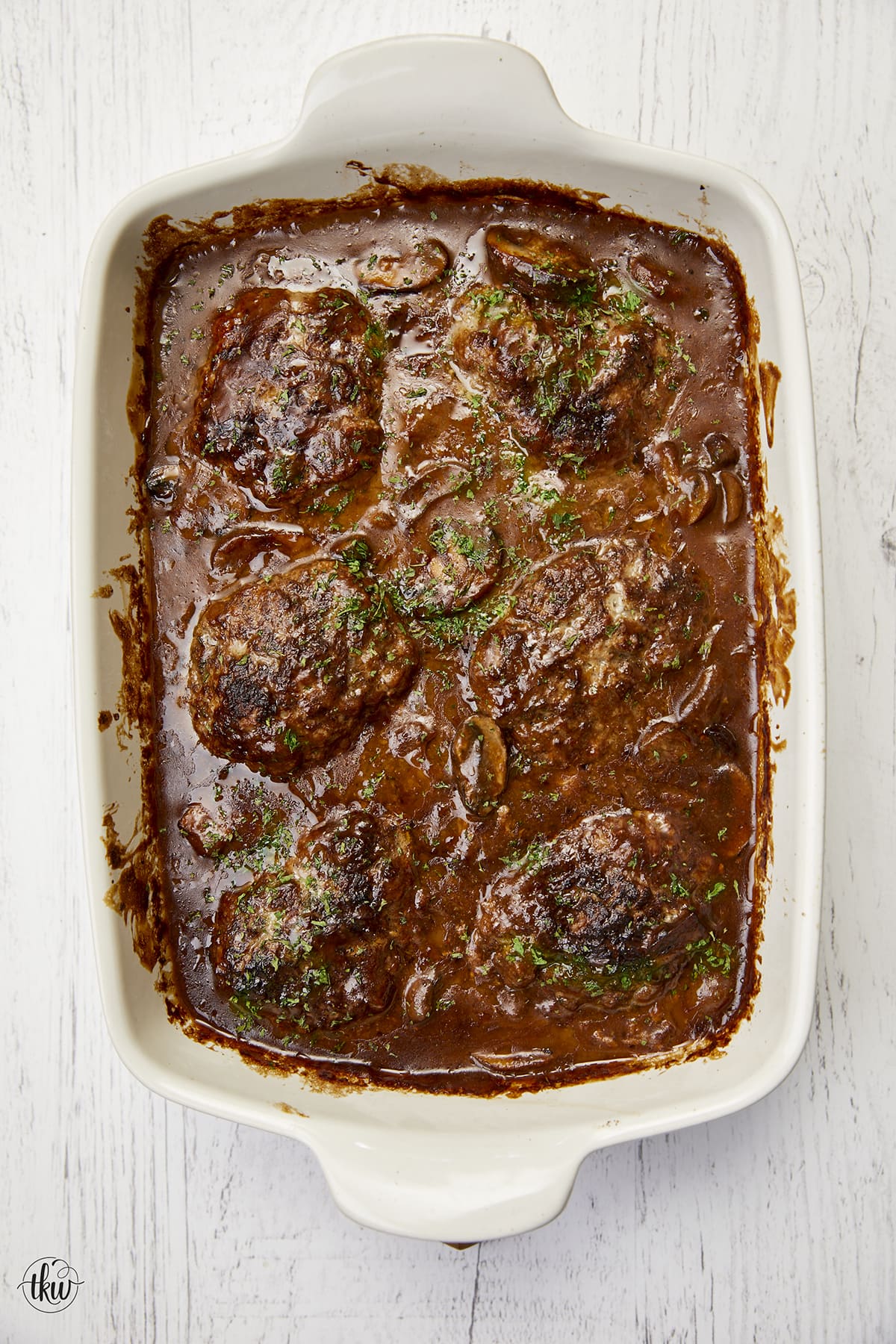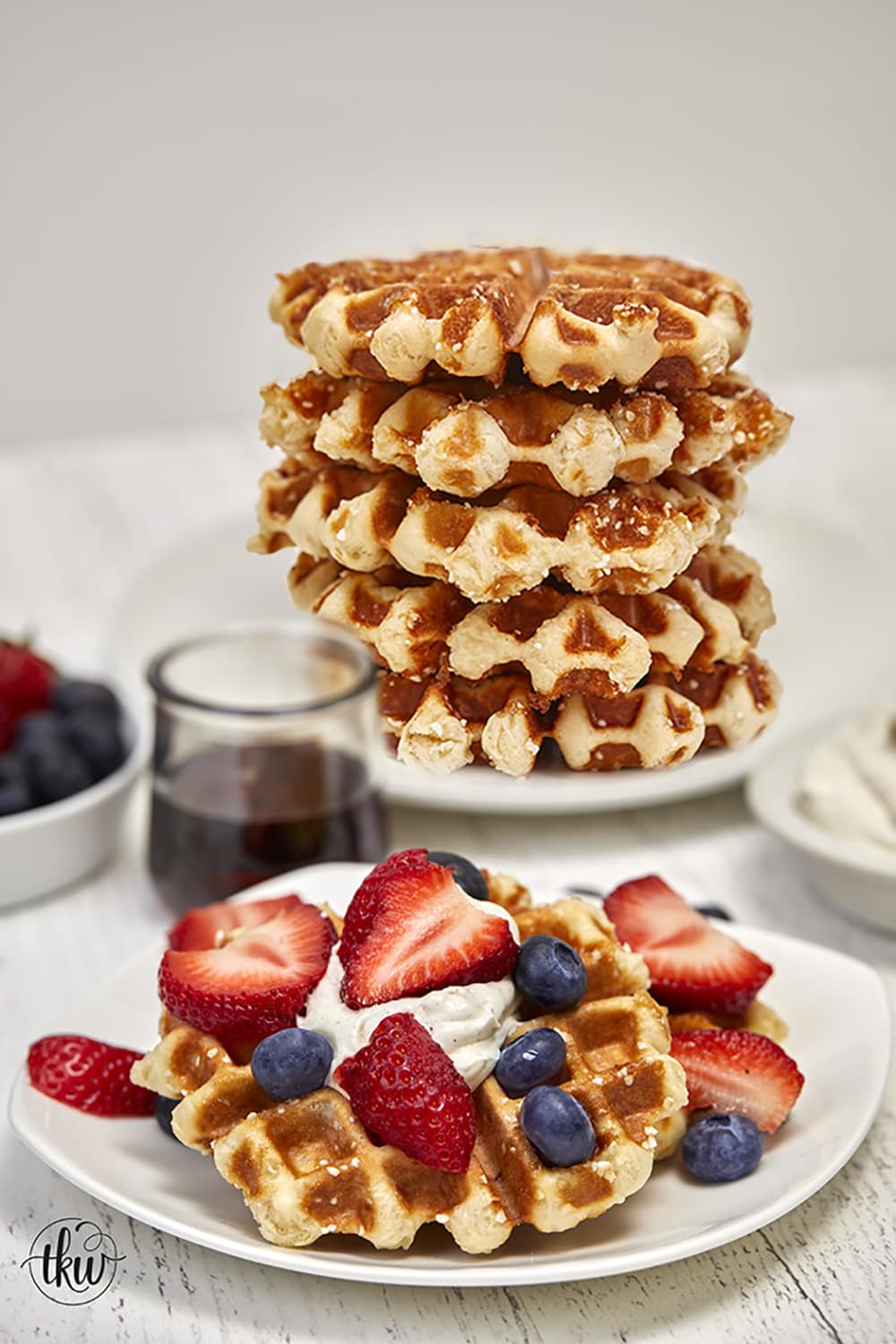On today’s Tuesday’s Tip with The Kitchen Whisperer find out the difference between Active Dry yeast and Instant Rapid-Rise yeast when it comes to bread and dough. Does it make a difference? Find out today!
So when I first started this blog I was kind of shocked that many had a fear of making bread or doughs; like it didn’t make sense. I thought “didn’t everyone grow up making homemade bread like I did?” but I was mistaken (my apologies). I totally understand that fear as while making dough is only a few simple ingredients – flour, water, salt, yeast, the process itself can be intimidating. But even before that the type of flour and yeast makes a difference. If you want a chewier type bread, that has pull/tug when you bite it – you use bread flour. When you want a softer type bread with not as much chew, you use all purpose. That’s the easy part.
But what about yeast? When you go to the store you have a few options: Active Dry, Instant/Rapid-Rise and Cake yeast (we won’t get into that as not many use the cake yeast that much or only in certain applications). I, personally, use cake yeast but it’s in certain types of pizza doughs or nut rolls. But today let’s just dish about active dry and instant yeast.
Are they interchangeable? Does it really matter?

But first, let’s dish about what the purpose of yeast is. Yeast performs 3 functions:
- Height – Yeast is what gives your dough it’s rise and expansion. It inflates your dough by creating carbon dioxide thus stretching your dough almost like how air inflates a balloon.
- Fermentation and Development – when the yeast ferments it helps make the flour stronger and keep the dough inflated.
- Flavor and texture – yeast produces a ‘bready’ flavor and almost billowy-ness in the dough.
What’s the difference? Active Dry yeast granules are a bit larger than the Instant/Rapid-Rise. Active Dry yeast requires a proofing stage before you attempt to starting mixing your dough. You need to ‘bloom’ it in a warm liquid (and possibly sugar) to help it start to bubble. Typically this takes 5-15 minutes for it start working its magic and it’s actually pretty cool. If you sit there and watch, you can see it forming bubbles and watch it ‘grow’. If you add too hot of water you can kill it. This, along with old yeast, is often the biggest reason why doughs/breads turn out dense or don’t rise.
Instant/Rapid-Rise yeast are smaller granules that do not require that proofing time. You can add it straight to the dry ingredients and the dough will still rise. Now keep in mind you still need to control how hot the liquid is that you’re adding to the mixture as to not kill it.
So honestly, I see no real performance difference between Active Dry versus Instant/Rapid-Rise. They both make the dough rise and there’s no difference in the taste or texture. The only difference is the time it takes to make the dough. If you go with the Active Dry, add 10-15 minutes of proofing before you proceed to make the dough.
For me my all time favorite yeast is made by Red Star. Their Platinum Superior Baking Yeast is honestly the best that I’ve come across and the only yeast I’ll use in my dough. Each and every time I get beautiful, fluffy, glorious results!
Bread and Dough books I highly recommend (I have and LOVE!)
I’ve had the Brod & Taylor Folding Bread Proofer for years and absolutely LOVE it! It’s a bread bakers MUST-HAVE!!!
I make a LOT of French and Italian Breads. This pan is awesome!!!












Leave a Reply